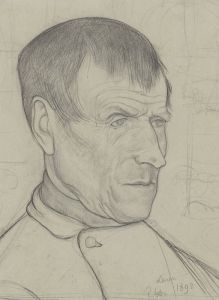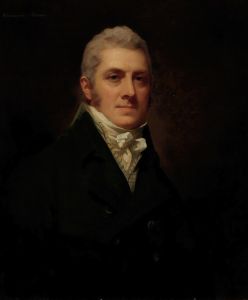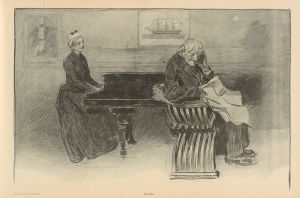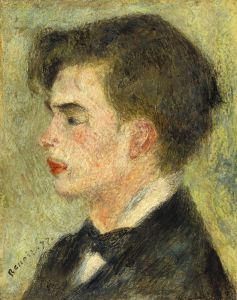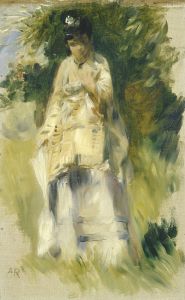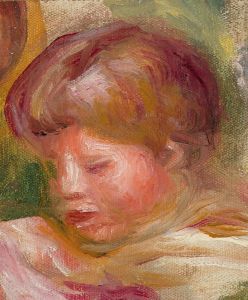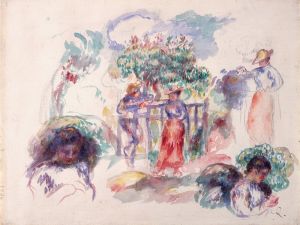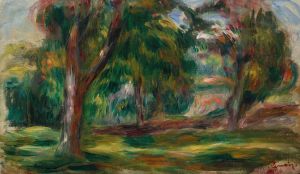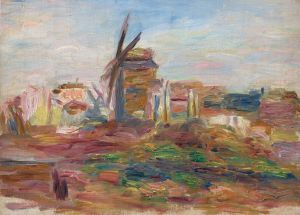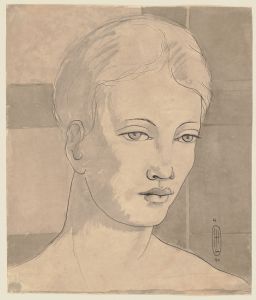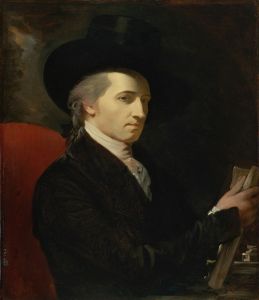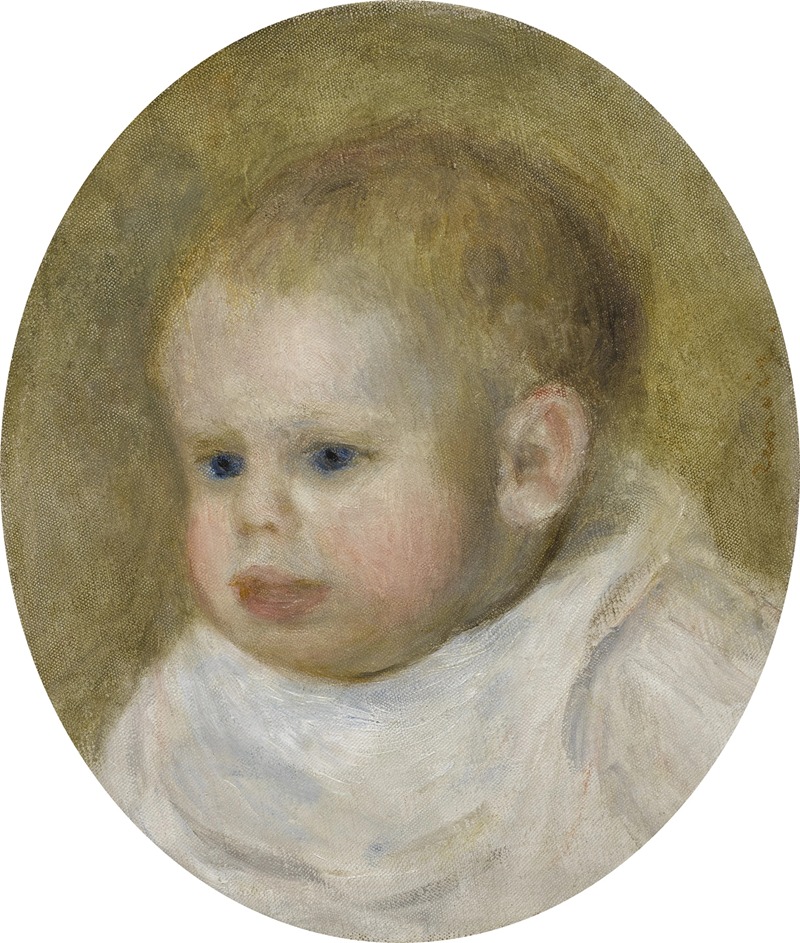
Jean Renoir en médaillon
A hand-painted replica of Pierre-Auguste Renoir’s masterpiece Jean Renoir en médaillon, meticulously crafted by professional artists to capture the true essence of the original. Each piece is created with museum-quality canvas and rare mineral pigments, carefully painted by experienced artists with delicate brushstrokes and rich, layered colors to perfectly recreate the texture of the original artwork. Unlike machine-printed reproductions, this hand-painted version brings the painting to life, infused with the artist’s emotions and skill in every stroke. Whether for personal collection or home decoration, it instantly elevates the artistic atmosphere of any space.
"Jean Renoir en médaillon" is a painting by the renowned French artist Pierre-Auguste Renoir, completed in 1889. This artwork is a portrait of Renoir's second son, Jean Renoir, who would later become a celebrated filmmaker. The painting is a testament to Renoir's skill in capturing the essence and personality of his subjects, a hallmark of his portraiture work.
Pierre-Auguste Renoir was a leading figure in the Impressionist movement, known for his vibrant light and saturated color, often focusing on people in intimate and candid compositions. By the time he painted "Jean Renoir en médaillon," Renoir had already established himself as a prominent artist in the Impressionist circle, having participated in several of the group's exhibitions.
The painting itself is relatively small and circular, resembling a medallion, which is reflected in its title. This format was somewhat unusual for Renoir, who typically worked on larger canvases, but it allowed for an intimate portrayal of his young son. The circular composition draws the viewer's attention directly to Jean's face, emphasizing his youthful innocence and the tender affection of a father capturing his child's likeness.
In "Jean Renoir en médaillon," Renoir employs his characteristic loose brushwork and soft color palette. The background is kept simple, ensuring that the focus remains on Jean's expression and features. The use of light in the painting is particularly noteworthy; Renoir skillfully uses it to highlight Jean's face, creating a warm and inviting aura around the child. This technique is indicative of Renoir's broader approach to painting, where light plays a crucial role in defining form and mood.
Jean Renoir, the subject of the painting, was born in 1894 and grew up to become one of the most influential filmmakers of the 20th century. His works, such as "The Rules of the Game" and "Grand Illusion," are considered masterpieces of world cinema. The portrait of Jean as a child provides a fascinating glimpse into the early life of a figure who would later make significant contributions to the arts, albeit in a different medium than his father.
The painting is part of a private collection and is not as widely known as some of Renoir's other works, such as "Luncheon of the Boating Party" or "Dance at Le Moulin de la Galette." However, it remains an important piece within Renoir's oeuvre, offering insight into his personal life and the familial relationships that often inspired his art.
"Jean Renoir en médaillon" exemplifies Renoir's ability to convey warmth and affection through his art. It stands as a touching tribute from a father to his son, capturing a moment of childhood that is both personal and universal. The painting is a beautiful representation of Renoir's enduring legacy as a master of Impressionism and his influence on both the art world and his own family.






